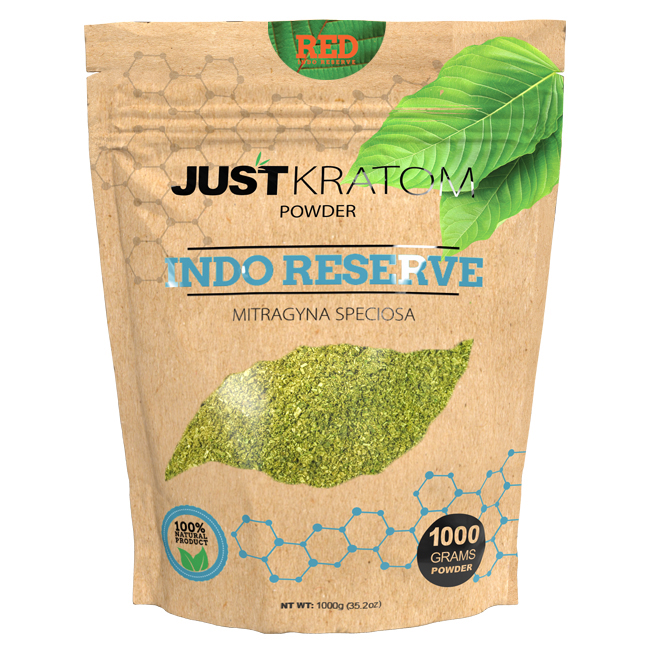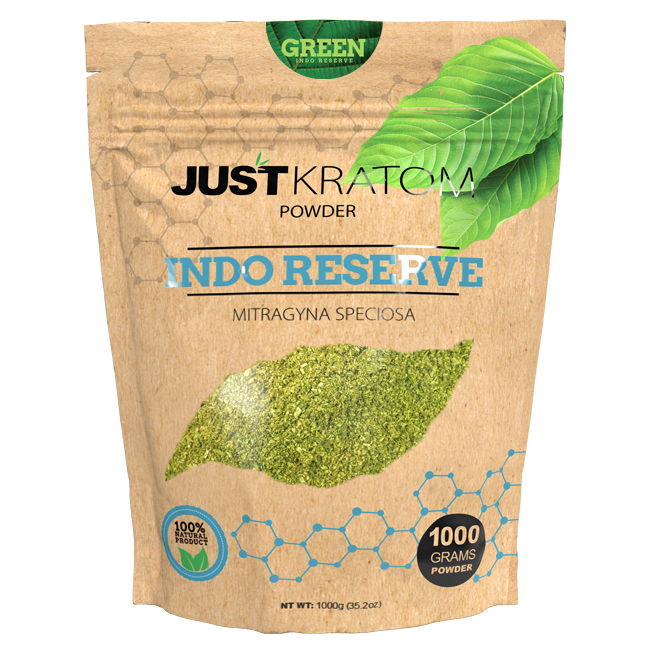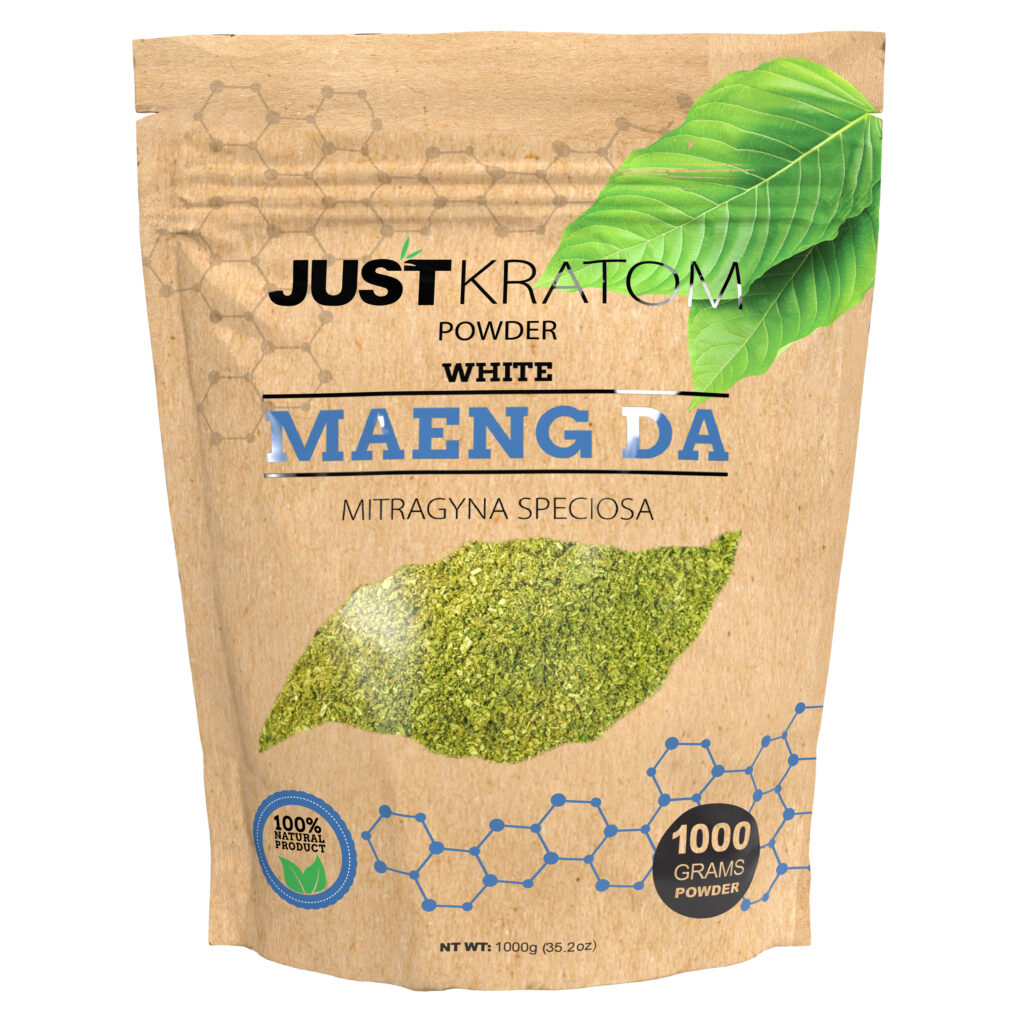Kratom Powder Vs Capsules: Which Option Is Best For You?
May 27, 2025
Kratom Powder
Kratom, a tropical evergreen native to Southeast Asia, has gained widespread attention in recent years due to its purported medicinal and mood-enhancing properties. Extracted from the leaves of the Mitragyna speciosa tree, kratom is available in various forms, with powder and capsules being two of the most popular.
Benefits of Kratom Powder
Kratom, a tropical evergreen native to Southeast Asia, has gained widespread attention in recent years due to its purported medicinal and mood-enhancing properties. Extracted from the leaves of the Mitragyna speciosa tree, kratom is available in various forms, with powder and capsules being two of the most popular.
Choosing between kratom powder and capsules depends on individual preferences and needs. Both offer the same active alkaloids, but differ in their delivery methods and potential advantages.
- Kratom Powder: Advantages include faster onset of effects due to direct absorption through the digestive system, greater control over dosage, and affordability.
- Kratom Capsules: Benefits include convenience and portability, pre-measured doses for consistency, and ease of swallowing for those who dislike the taste or texture of powder.
Dosage and Administration of Kratom Powder
Kratom powder is a fine, earthy-smelling substance derived from dried kratom leaves. It offers faster absorption into the bloodstream compared to capsules, leading to a quicker onset of effects. Users can easily adjust their dosage by adding more or less powder.
A typical starting dose for kratom powder is around 2-5 grams. This can be adjusted based on individual tolerance and desired effects. It’s important to start with a low dose and gradually increase until the desired effect is achieved.
Kratom powder should be consumed by mixing it with food or beverages, as consuming it dry can cause an unpleasant taste and stomach discomfort.
Potential Drawbacks of Kratom Powder
While kratom powder offers potential benefits, there are also potential drawbacks to consider. One concern is the risk of contamination. Since kratom powder is not heavily regulated, there’s a possibility of impurities or adulterants being present.
Another drawback is the variability in potency and quality between different batches of kratom powder. This can make it challenging to accurately dose and achieve consistent effects.
Additionally, kratom powder can be messy to handle and store, as it has a fine texture that can easily spread.
Moreover, consuming large amounts of kratom powder over extended periods can lead to potential adverse effects such as nausea, constipation, itching, and withdrawal symptoms when discontinued.
It’s important to use kratom powder responsibly and consult with a healthcare professional before using it, especially if you have any underlying health conditions or are taking medications.
Kratom Capsules
Kratom is gaining popularity as people explore its potential benefits. This tropical plant, native to Southeast Asia, offers users both medicinal and mood-boosting effects. Two of the most common ways to consume kratom are powder and capsules.
Benefits of Kratom Capsules
Choosing between kratom powder and capsules depends on individual preferences and needs. Both offer the same active alkaloids, but differ in their delivery methods and potential advantages.
- Kratom Powder: Advantages include faster onset of effects due to direct absorption through the digestive system, greater control over dosage, and affordability.
- Kratom Capsules: Benefits include convenience and portability, pre-measured doses for consistency, and ease of swallowing for those who dislike the taste or texture of powder.
Krating daeng, also known as Thai kratom, is a popular variety of kratom that originates from Thailand. It is known for its stimulating effects and is often used to combat fatigue and improve focus.
Malay kratom, originating from Malaysia, is another well-known variety. It is often described as having stronger sedative and pain-relieving properties compared to Thai kratom.
Borneo kratom, sourced from the island of Borneo, is known for its balanced effects, offering both stimulating and relaxing properties.
Red vein kratom varieties typically contain higher levels of mitragynine alkaloids, which are associated with pain-relieving and sedative effects. They are often used to manage anxiety, insomnia, and chronic pain.
White vein kratom varieties generally have higher levels of 7-hydroxymitragynine, an alkaloid linked to stimulating and energizing effects. These strains are often favored for their ability to promote focus and alertness.
Green vein kratom represents a blend of red and white vein characteristics. They typically offer a balanced combination of stimulating and relaxing properties.
When selecting kratom, it is important to consider the desired effects and individual tolerance levels. Starting with low doses and gradually increasing as needed is recommended.
It is also crucial to purchase kratom from reputable sources that offer quality control and lab testing to ensure purity and safety.
Dosage and Administration of Kratom Capsules

Kratom, a tropical evergreen native to Southeast Asia, has gained widespread attention in recent years due to its purported medicinal and mood-enhancing properties. Extracted from the leaves of the Mitragyna speciosa tree, kratom is available in various forms, with powder and capsules being two of the most popular.
Choosing between kratom powder and capsules depends on individual preferences and needs. Both offer the same active alkaloids, but differ in their delivery methods and potential advantages.
- Kratom Powder: Advantages include faster onset of effects due to direct absorption through the digestive system, greater control over dosage, and affordability.
- Kratom Capsules: Benefits include convenience and portability, pre-measured doses for consistency, and ease of swallowing for those who dislike the taste or texture of powder.
Kratom powder is a fine, earthy-smelling substance derived from dried kratom leaves. It offers faster absorption into the bloodstream compared to capsules, leading to a quicker onset of effects. Users can easily adjust their dosage by adding more or less powder.
A typical starting dose for kratom powder is around 2-5 grams. This can be adjusted based on individual tolerance and desired effects. It’s important to start with a low dose and gradually increase until the desired effect is achieved.
Kratom powder should be consumed by mixing it with food or beverages, as consuming it dry can cause an unpleasant taste and stomach discomfort.
While kratom powder offers potential benefits, there are also potential drawbacks to consider. One concern is the risk of contamination. Since kratom powder is not heavily regulated, there’s a possibility of impurities or adulterants being present.
Another drawback is the variability in potency and quality between different batches of kratom powder. This can make it challenging to accurately dose and achieve consistent effects.
Additionally, kratom powder can be messy to handle and store, as it has a fine texture that can easily spread.
Moreover, consuming large amounts of kratom powder over extended periods can lead to potential adverse effects such as nausea, constipation, itching, and withdrawal symptoms when discontinued.
It’s important to use kratom powder responsibly and consult with a healthcare professional before using it, especially if you have any underlying health conditions or are taking medications.
Potential Drawbacks of Kratom Capsules
While kratom capsules offer convenience and pre-measured doses, there are potential drawbacks to consider. One concern is that the capsules themselves may contain fillers or binders that could cause adverse reactions in some individuals.
Another potential drawback is that the manufacturing process of capsules might not always guarantee consistent dosing. The amount of kratom powder inside each capsule can vary, leading to inconsistent effects.
Additionally, because capsules are sealed, there’s limited control over dosage adjustments during consumption. Users cannot easily add more or less kratom as needed.
Finally, kratom capsules tend to be more expensive than powder due to the manufacturing and packaging costs involved.
Comparing Kratom Powder and Capsules

Kratom, a tropical plant gaining popularity for its potential medicinal and mood-enhancing effects, is available in various forms. Two of the most common choices are kratom powder and capsules. Both offer the same active alkaloids but differ in their delivery methods and potential advantages, making it essential to understand the nuances of each option before deciding which is best suited for individual needs.
Ease of Use
Kratom powder is a fine, earthy-smelling substance derived from dried kratom leaves. It offers faster absorption into the bloodstream compared to capsules, leading to a quicker onset of effects. Users can easily adjust their dosage by adding more or less powder.
A typical starting dose for kratom powder is around 2-5 grams. This can be adjusted based on individual tolerance and desired effects. It’s important to start with a low dose and gradually increase until the desired effect is achieved.
Kratom powder should be consumed by mixing it with food or beverages, as consuming it dry can cause an unpleasant taste and stomach discomfort.
On the other hand, kratom capsules offer convenience and portability. They provide pre-measured doses for consistency, making it easier to manage dosage. Capsules are also simpler to swallow for those who dislike the taste or texture of powder.
While kratom capsules are generally considered convenient, they may be more expensive than powder due to the manufacturing and packaging costs involved.
Potency and Absorption
Kratom powder and capsules both deliver the same active alkaloids found in kratom leaves, but their delivery methods and potential advantages differ. Kratom powder offers faster absorption due to direct contact with digestive fluids, leading to a quicker onset of effects. Users have greater control over dosage by adjusting the amount of powder consumed.

However, kratom powder can be messy and may not appeal to those who dislike its taste or texture. It’s also important to be aware of potential contamination risks associated with unregulated kratom powders.
Kratom capsules provide pre-measured doses for consistent effects and are more convenient for on-the-go use. They eliminate concerns about taste and messiness but may lack the flexibility in dosage adjustment offered by powder. Capsules can also be more expensive due to manufacturing costs.
Cost
Kratom, a tropical evergreen native to Southeast Asia, has gained widespread attention in recent years due to its purported medicinal and mood-enhancing properties. Extracted from the leaves of the Mitragyna speciosa tree, kratom is available in various forms, with powder and capsules being two of the most popular. Choosing between kratom powder and capsules depends on individual preferences and needs. Both offer the same active alkaloids, but differ in their delivery methods and potential advantages.
- Kratom Powder:
- Cost: Typically more affordable than capsules due to lower manufacturing and packaging costs.
- Kratom Capsules:
- Cost: Generally more expensive than powder due to the costs associated with encapsulation and packaging.
Kratom powder is a fine, earthy-smelling substance derived from dried kratom leaves. It offers faster absorption into the bloodstream compared to capsules, leading to a quicker onset of effects. Users can easily adjust their dosage by adding more or less powder.
A typical starting dose for kratom powder is around 2-5 grams. This can be adjusted based on individual tolerance and desired effects. It’s important to start with a low dose and gradually increase until the desired effect is achieved.
Kratom powder should be consumed by mixing it with food or beverages, as consuming it dry can cause an unpleasant taste and stomach discomfort.
On the other hand, kratom capsules offer convenience and portability. They provide pre-measured doses for consistency, making it easier to manage dosage. Capsules are also simpler to swallow for those who dislike the taste or texture of powder.
Legality and Regulations
Kratom, a tropical evergreen native to Southeast Asia, has gained popularity due to its purported medicinal and mood-enhancing properties. Extracted from the leaves of the Mitragyna speciosa tree, it’s available in various forms, with powder and capsules being two of the most common. Both offer the same active alkaloids, but their delivery methods and potential advantages differ.
Kratom powder is a fine, earthy-smelling substance derived from dried kratom leaves. Its direct contact with digestive fluids allows for faster absorption into the bloodstream compared to capsules, leading to quicker onset effects. Users can easily adjust their dosage by adding more or less powder.
A typical starting dose for kratom powder is around 2-5 grams. This can be adjusted based on individual tolerance and desired effects. It’s crucial to start with a low dose and gradually increase until the desired effect is achieved.
Kratom powder should be consumed by mixing it with food or beverages, as consuming it dry can cause an unpleasant taste and stomach discomfort.
However, kratom powder has potential drawbacks. The lack of stringent regulations means there’s a risk of contamination. Variability in potency and quality between different batches can also make it challenging to achieve consistent effects.
Kratom capsules offer convenience and portability. They provide pre-measured doses for consistency, making dosage management easier. Capsules are also simpler to swallow than powder, particularly for those who dislike its taste or texture.
While convenient, kratom capsules tend to be more expensive due to manufacturing and packaging costs. It’s also important to note that the capsules themselves may contain fillers or binders that could cause adverse reactions in some individuals.
The choice between kratom powder and capsules depends on individual preferences and needs. Powder offers faster absorption, dosage flexibility, and cost-effectiveness but comes with potential risks of contamination and variability in quality. Capsules provide convenience, consistency, and ease of swallowing but can be more expensive.
Before using kratom, it is essential to understand its potential effects, consult with a healthcare professional, and follow safe usage guidelines.
Kratom Powder for mood lift – Shop now
- Polynucleotides Injectables Near Alfold, Surrey - November 2, 2025
- Obagi Blue Peel Radiance Peel Near Ockley, Surrey - November 1, 2025
- Obagi Blue Peel Radiance Peel Near Camberley, Surrey - October 31, 2025
